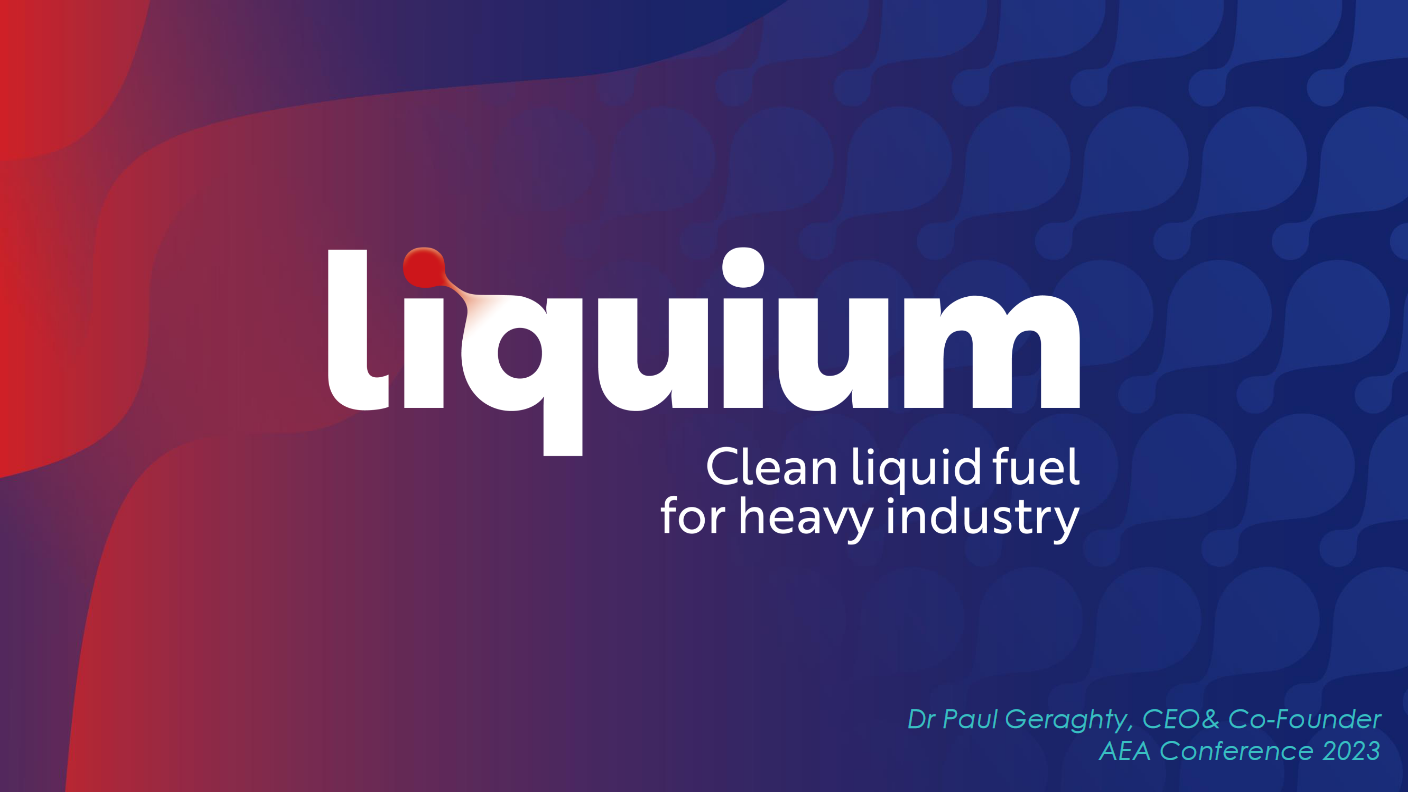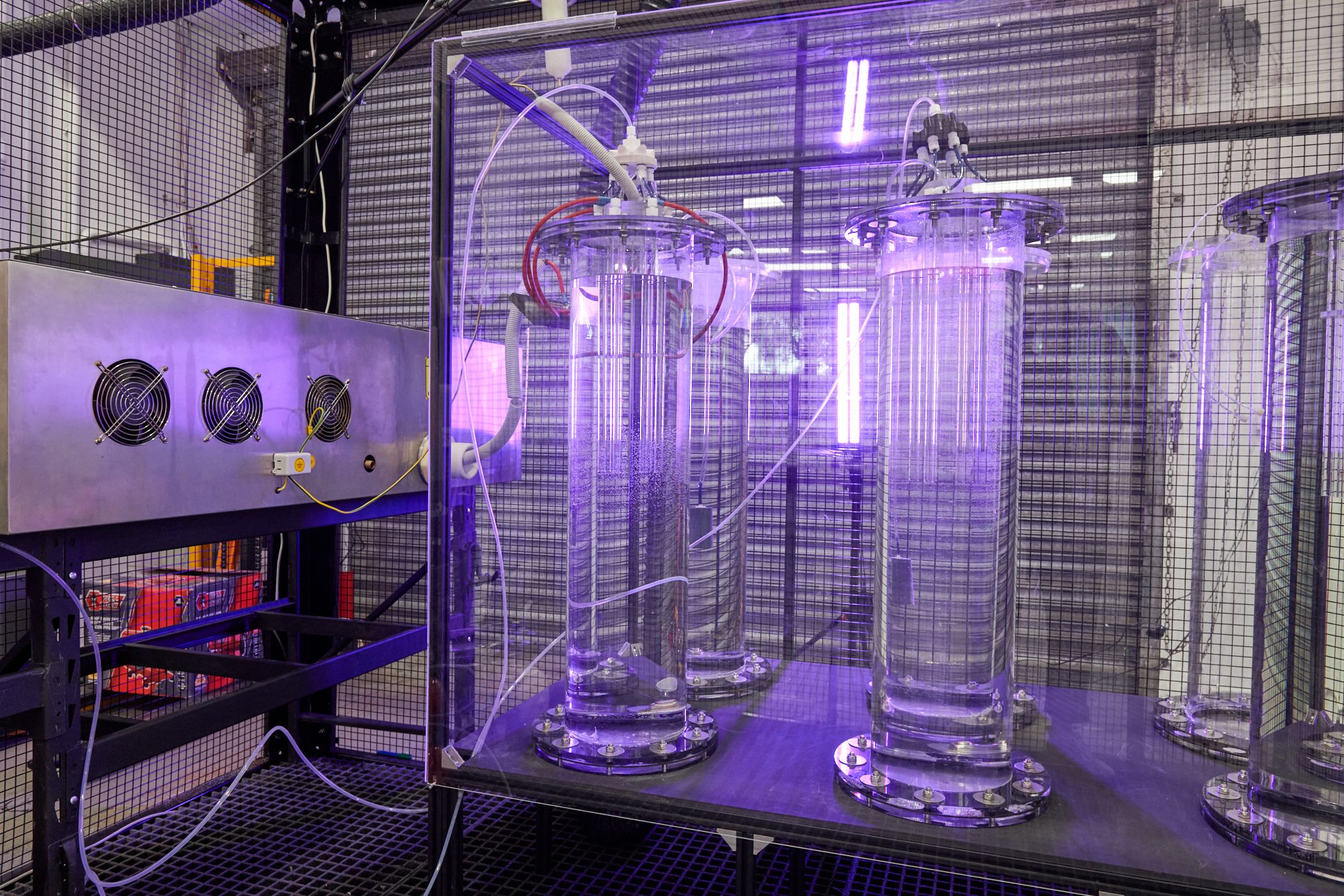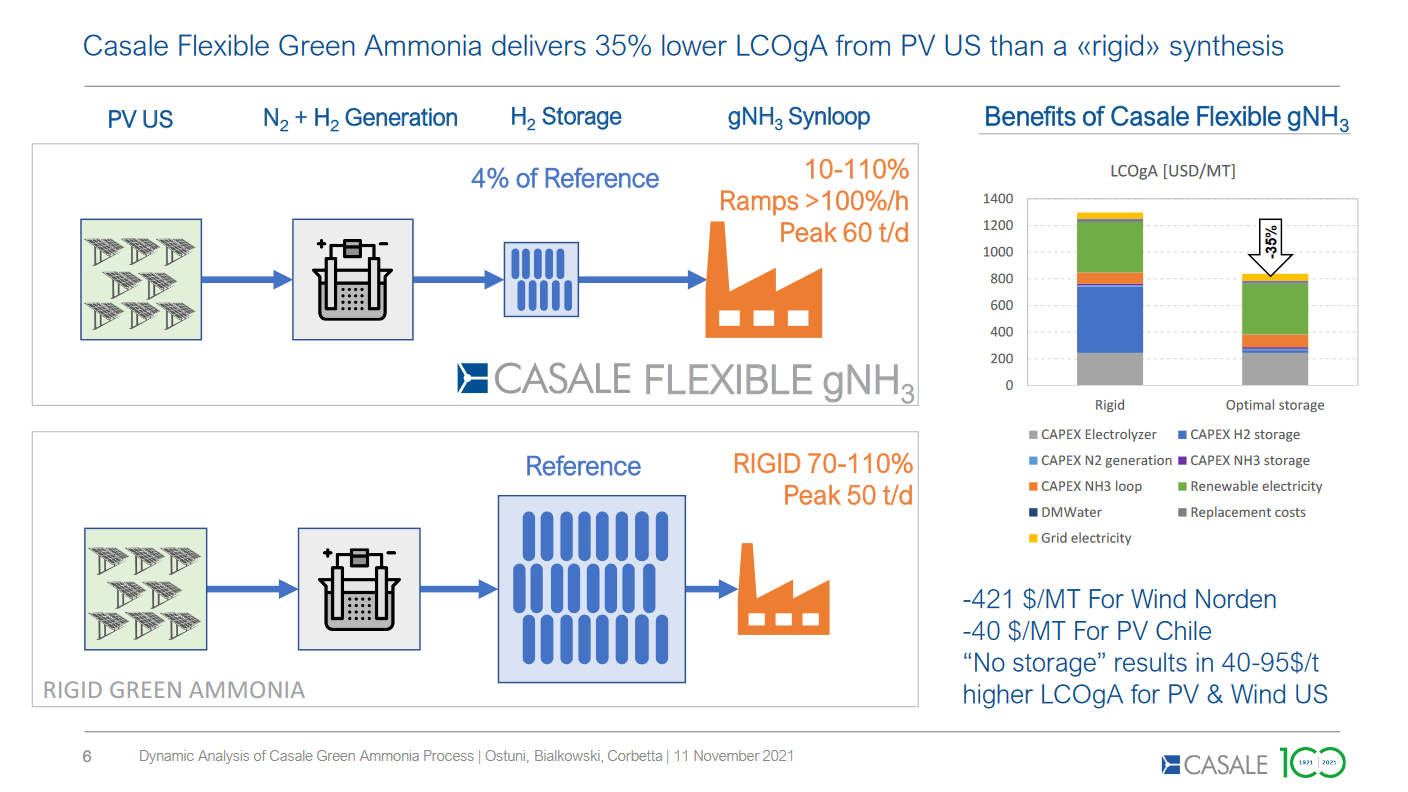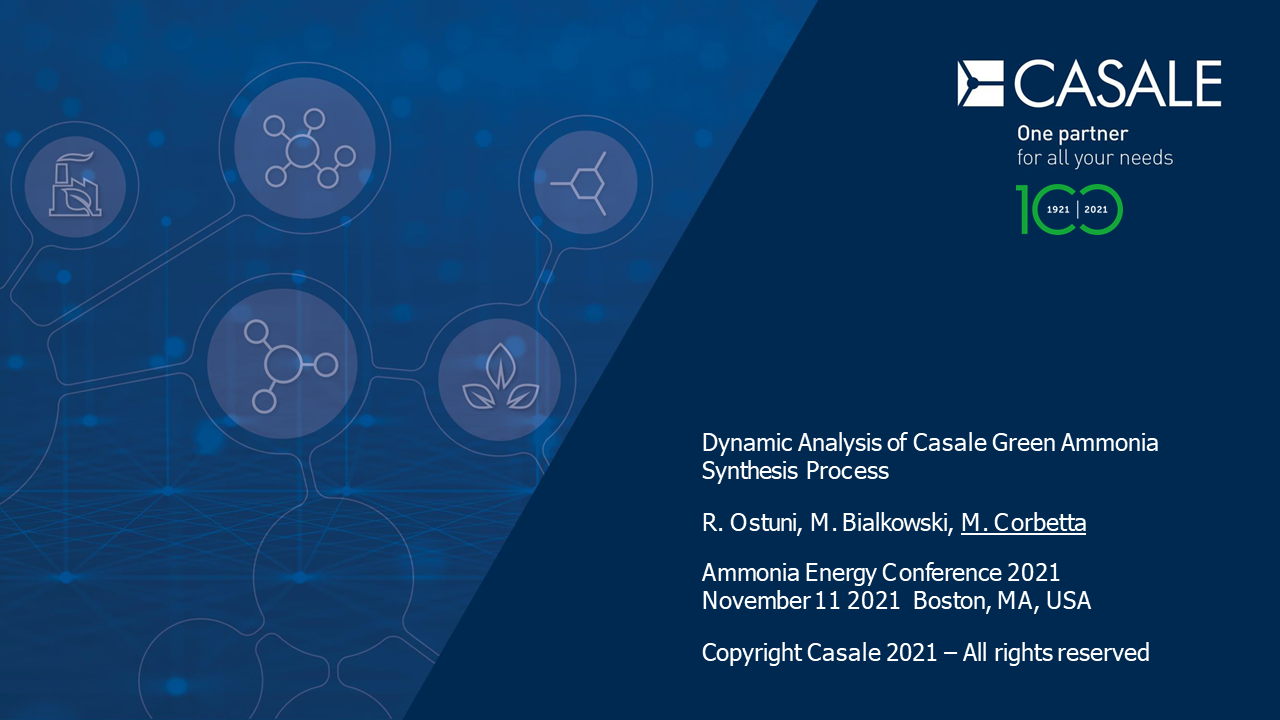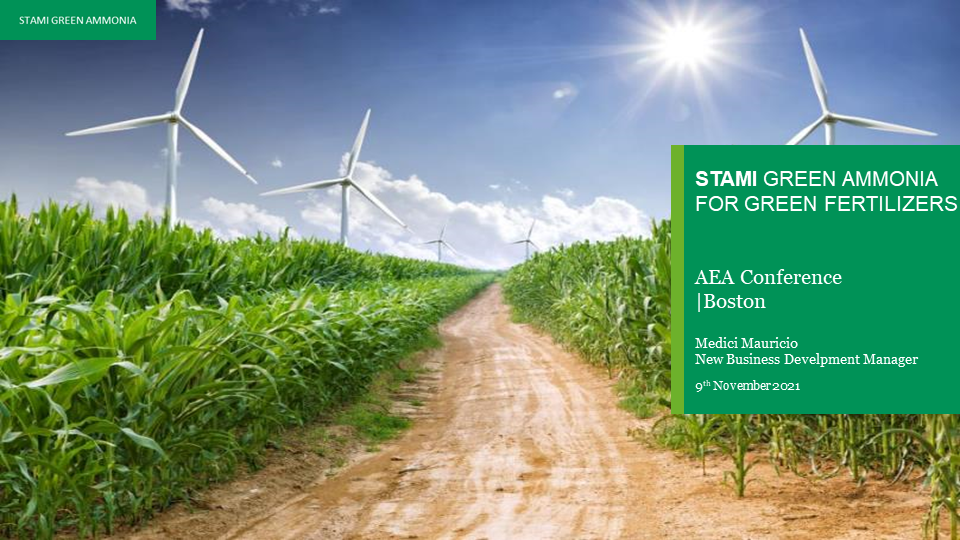Our June episode of Ammonia Project Features focused on a new project in Niigata prefecture, which will demonstrate low-carbon, fossil-based ammonia production with a capacity of 500 tonnes per year. As part of the project, Japanese government organization JOGMEC will work with INPEX to develop enhanced gas recovery & CO2 sequestration monitoring technologies. Tsubame BHB will deploy its low-temperature, low-pressure ammonia synthesis technology based on an electride-supported catalyst developed at the Tokyo Institute of Technology.
Improved Haber-Bosch
Alternative synthesis start-ups: exploring the growing ecosystem in Australia and New Zealand
A fast-growing ecosystem of startups is progressing various technology pathways in Australia and New Zealand. Melbourne-based Jupiter Ionics is developing an electrolytic cell that will directly reduce nitrogen to ammonia under mild temperature and pressure conditions. In New Zealand, Liquium is embarking on a pilot-scale deployment of its miniaturised Haber Bosch technology. The University of Newcastle and Element One are progressing validation and pilot-phase deployments of AMMONIAC - a novel, “chemical-looping” ammonia production system. And in Sydney, PlasmaLeap is developing a plasma-based system, with on-farm trials already planned.
Flexible ammonia synthesis: shifting the narrative around hydrogen storage
Flexible ammonia production technology is currently scaling up to meet the challenges of fluctuating electricity feedstock. The ability to ramp down plants to 5 - 10% of their nominal load will minimize the requirement for hydrogen storage buffers and reduce the overall cost of renewable ammonia production. The first demonstration-sized flexible ammonia plants are due to begin operations later this year.
3rd generation ammonia synthesis: new catalysts & production pathways
We look at four new developments this week:
1. A team from DTU Energy and the Dalian Institute of Chemical Physics have uncovered a new class of alternative catalysts for mild condition ammonia synthesis. The ternary ruthenium complex hydrides Li4RuH6 and Ba2RuH6 avoid the energy-intensive pathway of nitrogen dissociation in a "synergistic" manner.
2. A team from the Korea Institute of Machinery and Materials reported a highly selective (95%) plasma ammonia synthesis method.
3. A team from Delft University of Technology has presented an present an "unconventional electrochemical design" that physically separates hydrogen and dinitrogen activation sites.
4. A team at the Max Planck Institute for Coal Research has demonstrated a new mechanochemical ammonia synthesis system that operates at room temperature and pressures as low as 1 bar.
Optimizing absorption to improve Haber-Bosch synthesis
Dynamic Analysis of Flex-gNH3 – a Green Ammonia Synthesis Process
Stami Green Ammonia to play a key role in decarbonizing the fertilizer industry
The Ammonia Academic Wrap: "seamless" cracking, improving Haber Bosch, a novel green power-to-ammonia-to-power solution and a review into the use of ammonia as a fuel
Welcome to the Ammonia Academic Wrap: a summary of all the latest papers, developments and emerging trends in the world of ammonia energy R&D. This week: "seamless" ammonia cracking tech from Northwestern, a new electrolysis catalyst, successful integration of ammonia synthesis and separation for improved efficiency, more research needed into transition metal catalysts for Haber Bosch, a novel, green power-to-ammonia to power system and a review on ammonia as a potential fuel.
